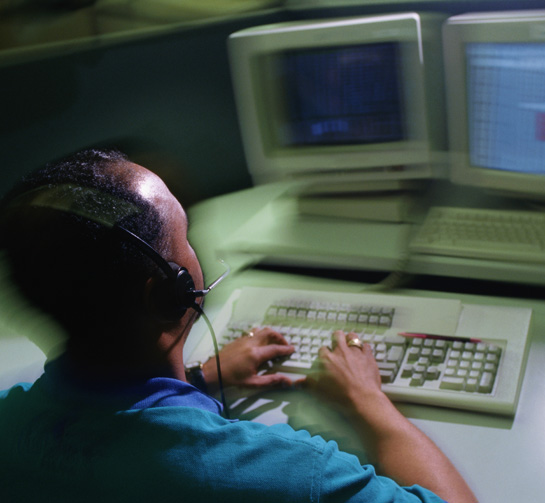A study by the IT security product company Kaspersky Lab and B2B International has found that nearly half of Internet users (45 per cent) encountered malicious software during the last year and in most cases (81 per cent) this had a negative impact on both users and their devices.
Malware was most commonly encountered on Windows computers – 83 per cent of Windows users said they had been affected in the last 12 months. However, Android and Mac OS X users were not immune, with 13 per cent and 6 per cent citing infections on their devices, respectively. Some 12 per cent of users believe their device was infected after visiting a suspicious website; someone else’s USB flash drive, another infected device, and installation of a malicious app disguised as a legitimate program were each cited by 8 per cent as the cause of infection. Yet another 7 per cent of those surveyed said their devices were infected after opening an email attachment. The greater part of those polled, 13 per cent, could not explain how malware ended up on their device.
Four out of five infections caused problems for those affected. Most often (35 per cent of cases) users noticed computer performance slowed down, 30 per cent of respondents experienced obtrusive advertising (e.g. the browser redirected them to unwanted websites) and 20 per cent of those surveyed found unsolicited programs on their devices. Among the most dangerous results of an infection were changes to the browser or the operating system settings without the user’s knowledge (17 per cent), the loss (10 per cent) or theft (8 per cent) of personal data, unauthorised publications or ‘likes’ on social networking sites (9 per cent) and hacking of a webcam (6 per cent).
Moreover, the respondents mentioned having to pay cyber-criminals to unblock a device (11 per cent of cases) or decrypt personal files (6 per cent) after being infected by ransomware. Overall, every third (33 per cent) user experienced financial losses as a result of malware infection. As well as having to pay a ransom to criminals, victims spent money on restoring a device or data, on software to eliminate the effects of an infection, and some even had to buy a replacement device. When financial losses were incurred, the average cost of an attack amounted to $160 USD.
Elena Kharchenko, Head of Consumer Product Management, Kaspersky Lab, says: “The costs and unpleasant effects of a malware infection can be avoided with a little prudence. For instance, do not insert unverified USB sticks in a device, only use official app stores, keep the operating system and applications up to date and scan files with a security solution before opening them. The ability to foresee potential problems and take precautions is the key to staying safe.”










